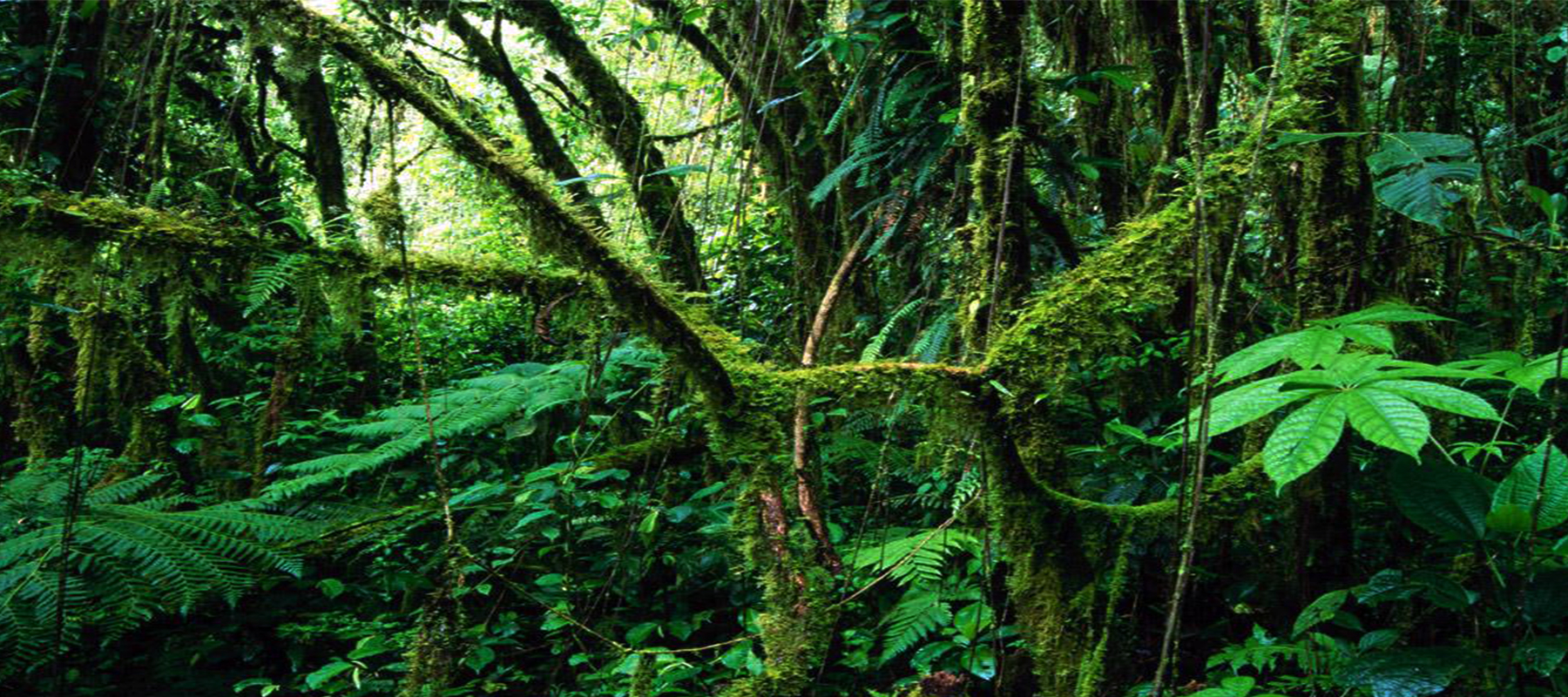
News & Advices
Where to Find Costa Rica's Cute Sloths and What to Do If You Want to Have a Safe Encounter
a
by Paul Bowles
17-07-2024

News & Advices
a
by Paul Bowles
17-07-2024
There are a lot of reasons why Costa Rica might be described as a paradise. Its 800+ miles of coastline stretch out into both the Atlantic and Caribbean Seas; the country's rainforests cover over half of the landmass; and renewable energy sources power nearly every aspect of life there. Most importantly, though, sloths call it home. Lots and lots of sloths.
The brown-throated sloth and the Hoffmann's two-toed sloth are both native to Costa Rica. Even though sloths are common sights in Costa Rica, the Sloth Conservation Foundation points out that it can be difficult to get an accurate population count because of how adept sloths are at concealing in tree canopies.
Foundation representatives also stated that while they do not have a precise population estimate, it seems that sloths are rapidly declining in Costa Rica and other parts of Central and northern South American habitats as a result of human activity, deforestation, and the fact that sloths only breed every three years. For your own safety and the safety of these creatures, it is imperative that you keep your distance when viewing them. Always make sure your tour guides are trustworthy and ethical so you may see the sites without getting in the way of their daily lives. (Please do not patronize any establishment that offers the opportunity to pet sloths or any other wild animals; doing so is completely inappropriate.) Here’s where to seek for the super slow, lovely critters lingering in the trees of Costa Rica.
The densely packed rainforest of Manuel Antonio National Park, which is located along the Pacific coast, makes it a biodiversity hotspot and one of the greatest spots to see sloths in Costa Rica. Visitors can take use of the area's well-kept trails for self-guided nature walks or book a guided tour with an expert, like Manuel, through Airbnb Experiences. The park's proximity to well-known beaches and hotels makes it an ideal starting point for exploring Costa Rica.
Similarly dense forest habitats for sloths can be found in Tortuguero National Park, which is on the Caribbean coast of Costa Rica. Sloths, endangered green, giant leatherback, hawksbill, and loggerhead turtles, and a labyrinth of canals increase the likelihood that visitors may spot these animals in the water (interesting fact: sloths are great swimmers). Once again, tourists have the option of self-guiding hikes or taking a boat tour with an established tour operator.
Not only do sloths call Corcovado National Park home, but so do monkeys, tapirs, ocelots, and a plethora of pumas. The park is famous for being one of the most biodiverse locations on Earth. The two-toed and three-toed sloths are also visible to visitors here. To increase your chances of viewing the sluggish animals, it is typically advised to spend more than one day at the park because of its enormous expanse (163 square miles).
La Fortuna is inhabited by the majestic Arenal Volcano, which is currently in a dormant state. You have a good chance of seeing some sloths that live in the area, even though you can't see the lava flow. You can find many guided nature walks and eco-tours in the region that will show you the top plants and animals and even take you to some great spots to see sloths. Travelers can further decompress in the area's hot springs after the climb.
Visit Cahuita National Park on the Caribbean coast for one more adventure; here you may explore a verdant tropical jungle while cooling yourself in crystal-clear waters. Sloths adore the tranquil setting since it provides them with plenty of places to hide and, let's face it, who doesn't love beachfront property? Visitors to this park have the option of taking a guided tour, which practically guarantees sightings, or self-guiding excursions around the park's maintained pathways in the hopes of spotting sloths clinging to trees or vines.